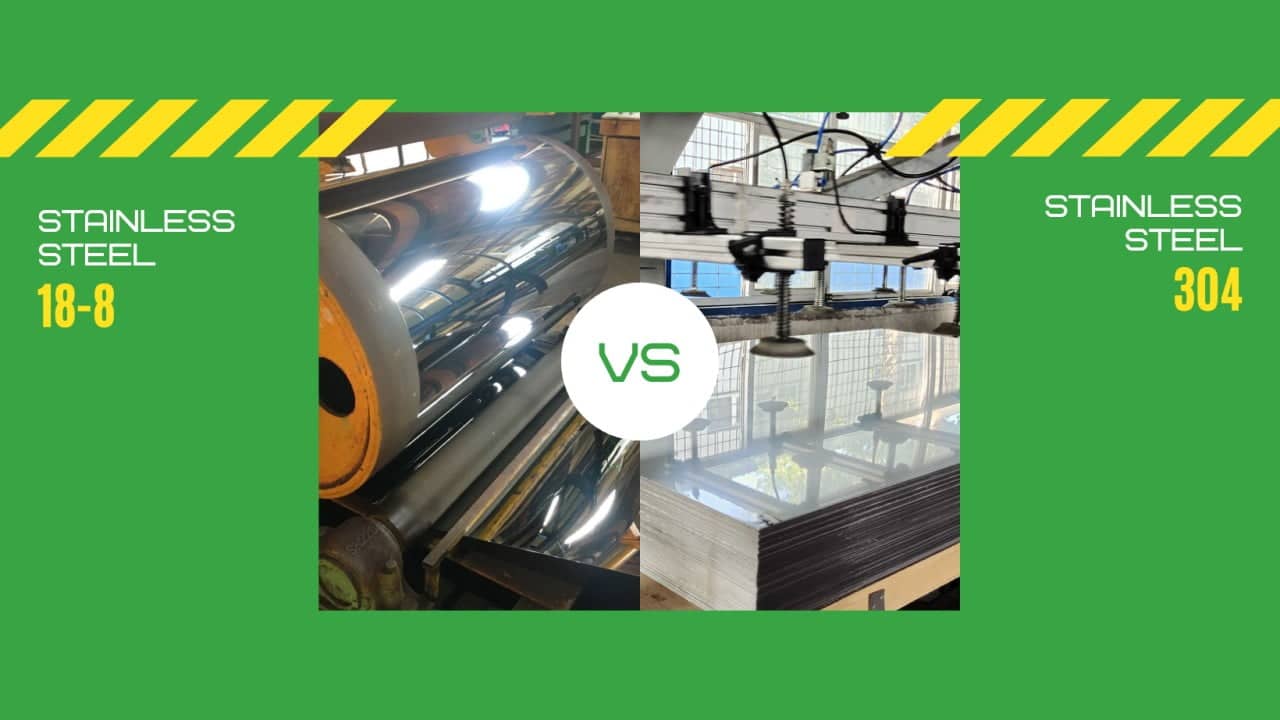Introduction
Stainless steel is a crucial material widely used in various industries due to its remarkable resistance to corrosion, strength, and versatility. Among the many types of stainless steel, 18-8 and 304 are commonly used grades, each offering distinct properties that make them suitable for different applications. This blog aims to provide a comprehensive comparison between 18-8 and 304 stainless steel, focusing on their composition, performance, applications, and cost considerations. Understanding these differences will help in making informed decisions when selecting the appropriate stainless steel for specific needs.



